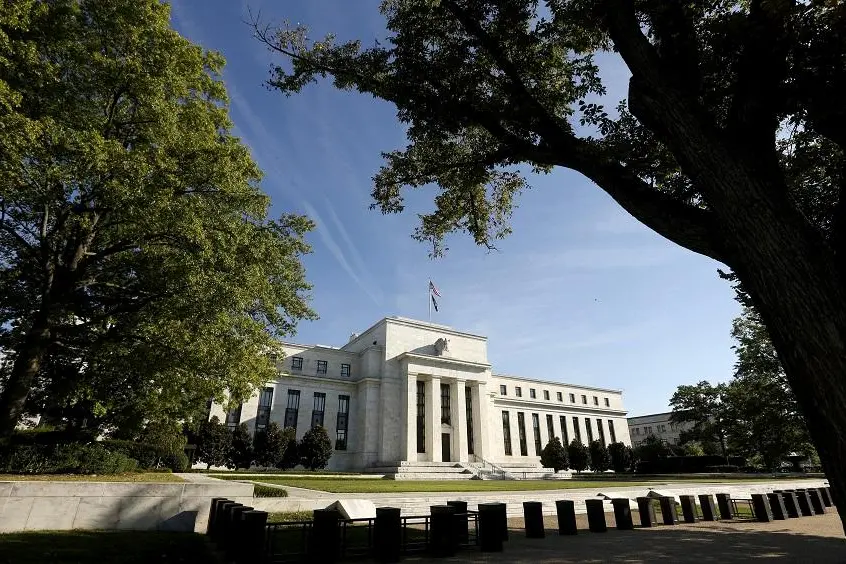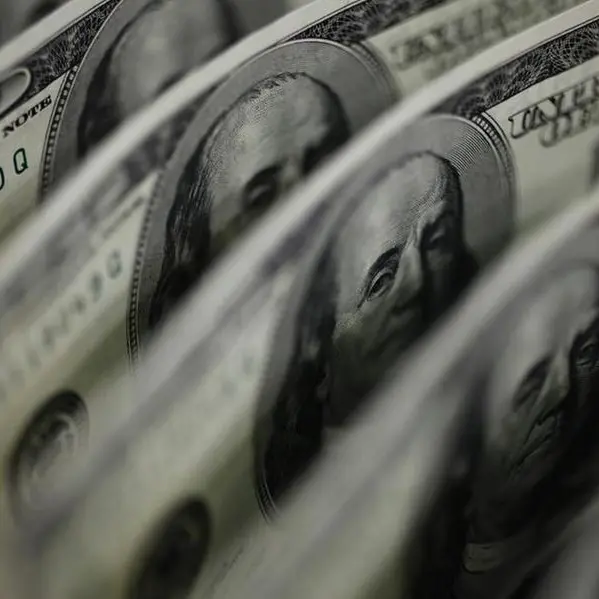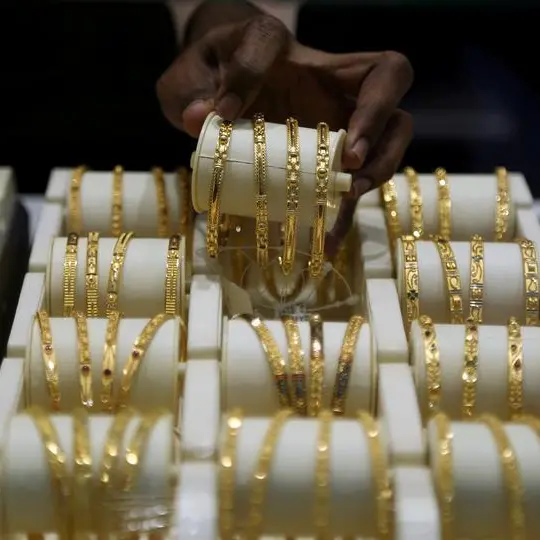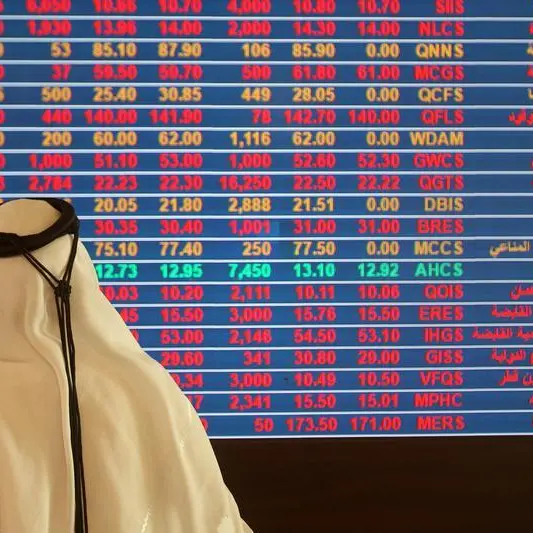PHOTO
NEW YORK - “Let’s see what he does.” That’s how Donald Trump responded to questions this week about the idea of demoting Federal Reserve Chairman Jerome Powell. What Powell and his colleagues did was to hold interest rates steady again – not cutting them as the U.S. president would like.
There were reasons to consider a cut, including weakening global economic growth. The International Monetary Fund, for instance, in April lowered its projection for this year’s worldwide expansion to 3.3%. This is overlaid with worries about trade, thanks to Trump’s escalation of tariff-based conflicts with China and others.
Central banks in Europe and Japan are also sounding more dovish. For example, European Central Bank President Mario Draghi said on Tuesday that the ECB will ease policy again if inflation fails to accelerate.
Then there are financial markets. The Fed can’t avoid noticing when shares surge or plummet or when the difference between long- and short-term bond yields goes negative, historically a reliable indicator of a coming recession.
Deciding how it should react or communicate, however, is tricky, since the central bank’s dual monetary-policy role is aimed at full employment and stable prices, not propping up markets. The job situation is healthy and inflation tame at present, lending little urgency to moving interest rates in either direction.
Traders started 2019 thinking there was a small chance of a rate hike at this week’s Federal Open Market Committee meeting. By Tuesday, that had become a more than 20% likelihood of a cut, according to CME’s Fedwatch. It didn’t happen, but the betting has shifted to near certainty of a downward move at the next gathering on July 31.
The FOMC’s own forecasts in March showed none if its policymakers expected any rate reductions this year or next. Based on Wednesday’s updates, nearly half now do. The FOMC statement also removed a reference to being “patient,” instead saying it “will act as appropriate to sustain” economic growth.
All this prepares the ground for a possible rate cut in six weeks’ time. The president will no doubt continue to demand easier monetary policy. Of course, Powell and the rest all say they are driven by data. They’re giving it one more chance.
CONTEXT NEWS
- The U.S. Federal Open Market Committee on June 19 left its Fed funds target interest rate steady in the range 2.25%-2.5%.
- The decision followed a two-day meeting, after which the central bank also released its updated economic projections. These showed policymakers' views of growth and unemployment largely unchanged. However, eight of 17 policymakers said they expected it would be appropriate to cut rates by the end of 2019, a significant shift from projections in March when none anticipated a cut.
- President Donald Trump has repeatedly criticized the Fed and its chairman, Jerome Powell, suggesting that if interest rates were lower the U.S. economy would be growing faster.
- The next FOMC meeting is set for July 30-31.
(Editing by John Foley and Amanda Gomez)
© Reuters News 2019












